All about Paper B
Paper B Basics
Length: 3.5 hrs. (used to be 3 hrs.)
Candidates may take unscheduled breaks. Further instructions relating to taking unscheduled breaks are laid down in the Instructions to candidates concerning the conduct of the EQE. It should be noted, however, that the exam clock will continue to run during unscheduled breaks, i.e. the examination will not be stopped.
Start time: 9:30 CET (10 March 2026)
Topic: Amending claims and preparing a response with detailed arguments regarding a day-to-day item. (Since 2017, there is no mechanical and chemical paper B. The new type of paper B usually concerns a product/method that all candidates can understand regardless of their background. Unfortunately, it is more often slightly too mechanical, see EQE 2022 as an example.)
Marks: 100 points, from which the amended claims are worth about 30 marks and the argument is worth about 70 marks. (This is because your drafting skills are already tested in paper A. So, in paper B the arguments are much more important.) Half of the marks for the argument comes from inventive step arguments (applying the problem-solution approach).
Documents that you get as part of Paper B: Originally filed application and claims, EPO’s office action, prior art (2-3 prior art documents), client’s letter and the client’s suggestions for the amended claims. So, there are a lot of documents to be studied!
The office action can describe clarity, unity problems, and will certainly include novelty and inventive step objections. Probably all of the originally filed claims will have some kind of problems that will have to be overcome. The office action itself will not have any added-matter objections, since it is based on the application as filed. However, our knowledge of Art.123(2) will be heavily tested in paper B: the amendments filed must be correct under Art.123(2) EPC.
Adaptation of the description is not necessary, no marks are awarded for that.
Documents that can be printed: Prior-art documents and the drawings of the application, but none of the following: the description and claims of the application, the EPO communication, the client's letter and the amended claims. The documents allowed for printing will be made available at the latest ten minutes before the start of the examination.
Your own knowledge must not be used. Everything (definitions, etc.) required to pass the Paper will be described in the documents provided.
Personal comment: My biggest issue with Paper B was the time. There are so many different documents, and you only have 3.5 hours to read everything, figure out the solution and then also write the full response… After attending a CEIPI course and many trials and errors I developed a methodology that worked electronically too.
Most popular:
Recently recorded:
With the purchase, you will obtain the:
video (1 hr. 52 minutes),
copy of the analysis, amended claims and notes (PDF),
annotated exam text (PDF),
Paper B methodology steps (PDF), and
Paper B template (PDF).
Essential edition:
Paper B study materials
With the purchase, you will obtain 3 videos (mp4 files) and 6 PDF documents:
Introduction video (and PDF slides)
Methodology video (and PDF slides)
Paper B template (PDF document)
Steps of methodology (PDF document)
Analysis video of 2019 Paper B (ca. 3 hrs. long)
Written answer of 2019 Paper B (PDF document)
Annotated text of 2019 Paper B (PDF document)
In 2022, I arranged a few group sessions in order to show candidates my method for the electronic EQE in real-time. I was writing the exams on screen as if it was my EQE, but I also narrated and explained the steps I followed.
With the screen sharing option in Zoom, I showed what templates I used, and how I wrote my answer electronically at the EQE. Since I took (and passed) the first electronic EQE, my method was perfectly suitable for WISEflow.
With the purchase, you will obtain:
the recording of the meeting (about 3 hrs. 30 min), and
the copy of the answer I wrote during the exam.
In this online course, I explain the basics of the exam, the methodology in general and analyse and answer an old exam on screen. You can see how I approach the exam, (how I sometimes struggle :)), what template I use, and how I write my answer electronically. Since I took (and passed) the first electronic EQE, my method is perfectly suitable for WISEflow. My method can be done exclusively on the screen, without any additional tables.
With the purchase, you will obtain 4 videos (mp4 files) and 8 PDF documents:
Introduction video (and PDF slides)
Methodology video (and PDF slides)
Paper B template (PDF document)
Steps of methodology (PDF document)
Analysis video of 2019 Paper B (ca. 3 hrs. long)
Written answer of 2019 Paper B (PDF document)
Annotated text of 2019 Paper B (PDF document)
Analysis video of 2022 Paper B (ca. 3.5 hrs. long)
Written answer of 2022 Paper B (PDF document)
Annotated text of 2022 Paper B (PDF document)
With the purchase, you will obtain 3 videos (mp4 files) and 6 PDF documents:
Introduction video (and PDF slides)
Methodology video (and PDF slides)
Paper B template (PDF document)
Steps of methodology (PDF document)
Analysis video of 2022 Paper B (ca. 3.5 hrs. long)
Written answer of 2022 Paper B (PDF document)
Annotated text of 2022 Paper B (PDF document)
How to deal with Paper B?
Amended claims
The client shows you the way
The client presents you with his wish how to proceed, and we have to respect his wishes. For example, if they want to keep a claim, we should try saving that claim somehow. If they mention that a product is commercially important, a dependent claim covering that product will be necessary. The client also presents us with their amended set of claims that points us in the right direction regarding the amendments. The client knows if their invention is novel and inventive. However, the client’s claims are never completely correct, since they do not know EPC, Art.123(2), intermediate generalisation, clarity, etc.If you hand in the client’s claims, you will get 0 marks for the amendments.
Check the office action
The office action is not always completely correct (e.g. clarity objections), so make sure to check the objections before blindly amending the claims. However, novelty and inventive step arguments are mostly correct.Avoid unnecessary restrictions
Similarly to Paper A, the broadest scope possible should be obtained.Don’t overcomplicate and mess up the terms
Furthermore, similarly to Paper A, the terms from the original patent application and claims can and should be used. New terminology should be avoided. Using new words for the different features can easily cause Art.123(2) problems!Check and correct the dependency of the claims.
Check and correct method features in product claims.
It is not necessary to add multiple new dependent claims based on your new ideas - other than what the client wants and tells us in his letter.
According to the EPO’s Guide to Paper B, it is unlikely (but not impossible) that any suitable amendment will be found entirely in the original claims. A suitable amendment that has a clear technical effect will be hidden in the patent application as originally filed.
Response to office action & arguments
Amendments - Art.123(2) EPC
Describing the amendments of all claims and providing basis for the amendments (reasoning why the amendments are allowed under Art.123(2) EPC). This has to be done for all dependent claims as well. (The fact that an independent claim is allowed does not mean that the dependent claims are also correct in view of Art.123(2).)Clarity - Art.84 EPC
Describing how the amended claims overcome the clarity objections presented in the office action (if there are any). This has to be done for all dependent claims, if relevant. (The fact that an independent claim is clear does not mean that the dependent claims are clear as well.)
Sometimes the office action does not have any clarity objections, but our knowledge about clarity is still tested: the client wants to add something that is unclear, so we have to correct it.Novelty - Art.54 EPC –> It is relatively simple to gain points for novelty arguments (about 10 marks).
Arguing why the amended claims are novel over the prior art. (A detailed argument is expected for each independent claim.)Inventive step - Art.56 EPC –> This brings most of the marks (about 30-35 marks)!
Describing what the closest prior art is and applying problem-solution approach step-by-step for each independent claim. Don’t miss any step of the problem-solution approach (closest prior art, difference, technical effect, objective technical problem, etc.). Each step gains marks.
In your argument, answer these:
- Would the skilled person arrive at the subject matter of the claim by considering the teaching of the closest prior art on its own?
- Would the skilled person consider combining the teaching of the closest prior art with that of other prior art documents in order to solve the objective technical problem?
- If the skilled person were to combine the teaching of the closest prior art with other items of prior art, would they arrive at the subject matter of the claim?
Thank you for your support and kind words!
“I want to thank you again for your video classes, which perfectly suited my preparation for the EQE exams and made a good contribution to my success.
Presenting in a nicely structured way how you approach an exam, with just the right amount of clear explanations, was an excellent method for me and felt very natural for learning.
The video format is fantastic, allowing to rewatch parts or the entire paper, skip sections already understood, and watch at times that fit my schedule, family life and energy levels, even if sometimes a bit unusual.
A huge thank you - I have passed all four papers on my first try in 2025🥳 with a methodology deeply inspired by your video classes 🤗.”
Sabine
I’ve successfully passed all four EQE papers on my first attempt! 🥳🥳🥳
I just wanted to thank you again for your great help and all the material you created and shared. In addition to your Paper D1 and D2 study groups, I also used your A and B methodology and found the C video also very helpful.
“Fillun Your recordings are indeed very helpful. Highly recommend watching Fillun's recordings for A, B and D!”
Daphne
“I just wanted say a big thank you! I purchased your A, B, D video courses and found your methods and tips super helpful! (I passed those 3 exams :)) Keep up the good work!”
“I passed papers B, C and D by just watching your recordings and mimicking your method. Huge thanks! I can only recommend your preparation materials to everyone 💪🏼”
Katharina
“I wanted to let you know that this year I took B, C and D and passed them all. (I was done with A last year.)
I am highly thankful to you and Ignacio for the guidance I got from your materials. I used your video materials and the books from Ignacio and they were game changers to say the least.
Keep up the good work!”


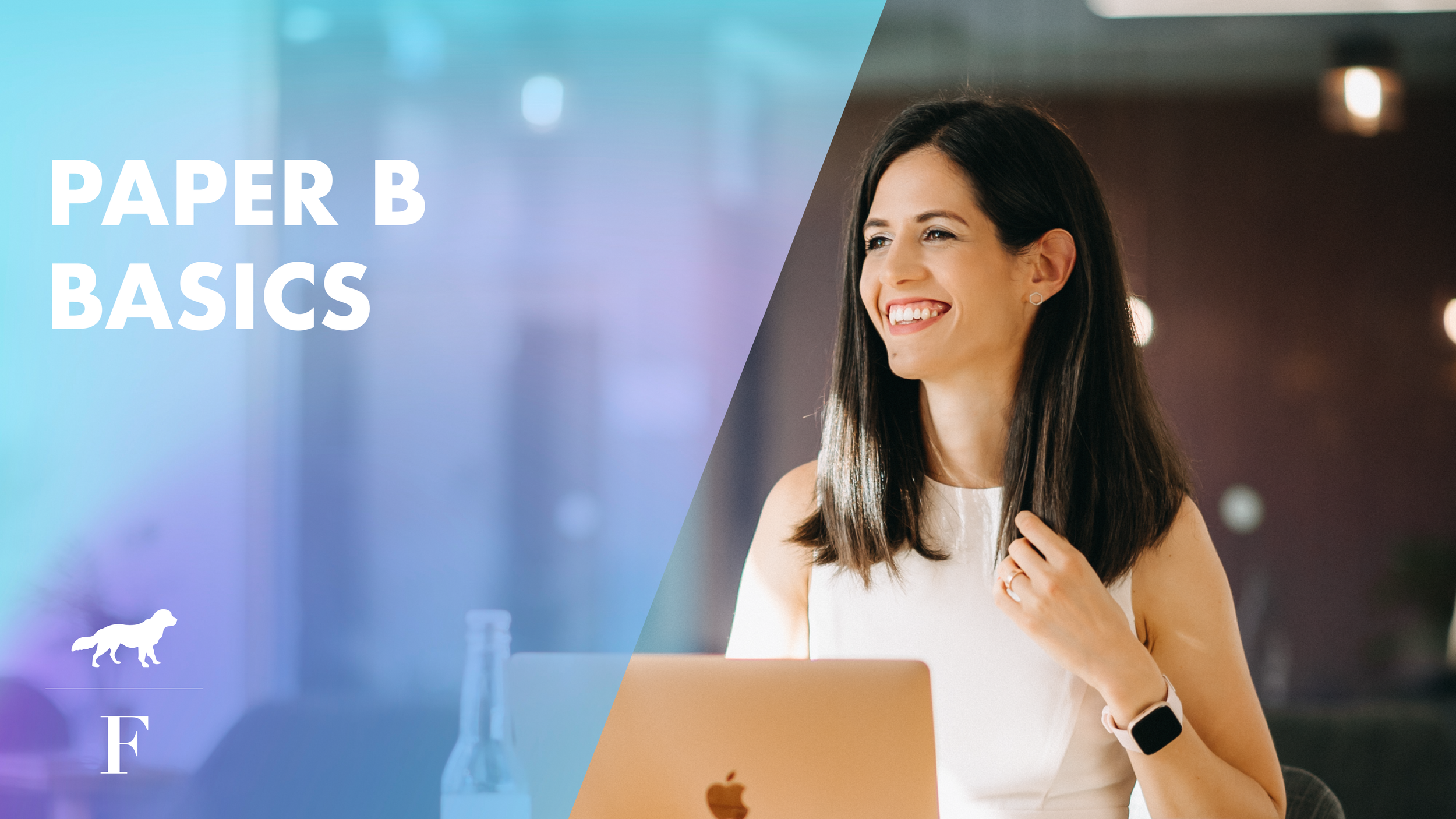

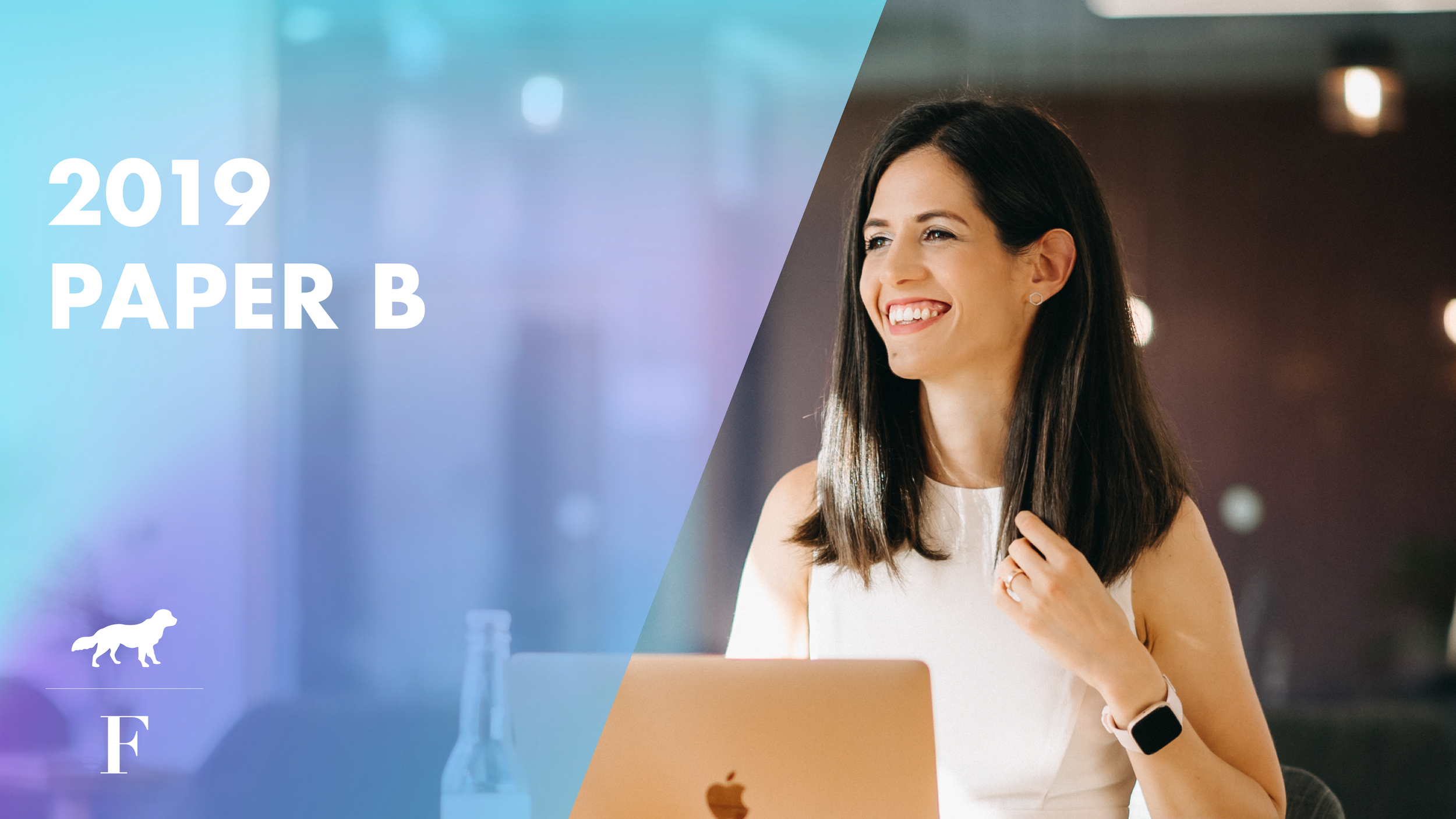

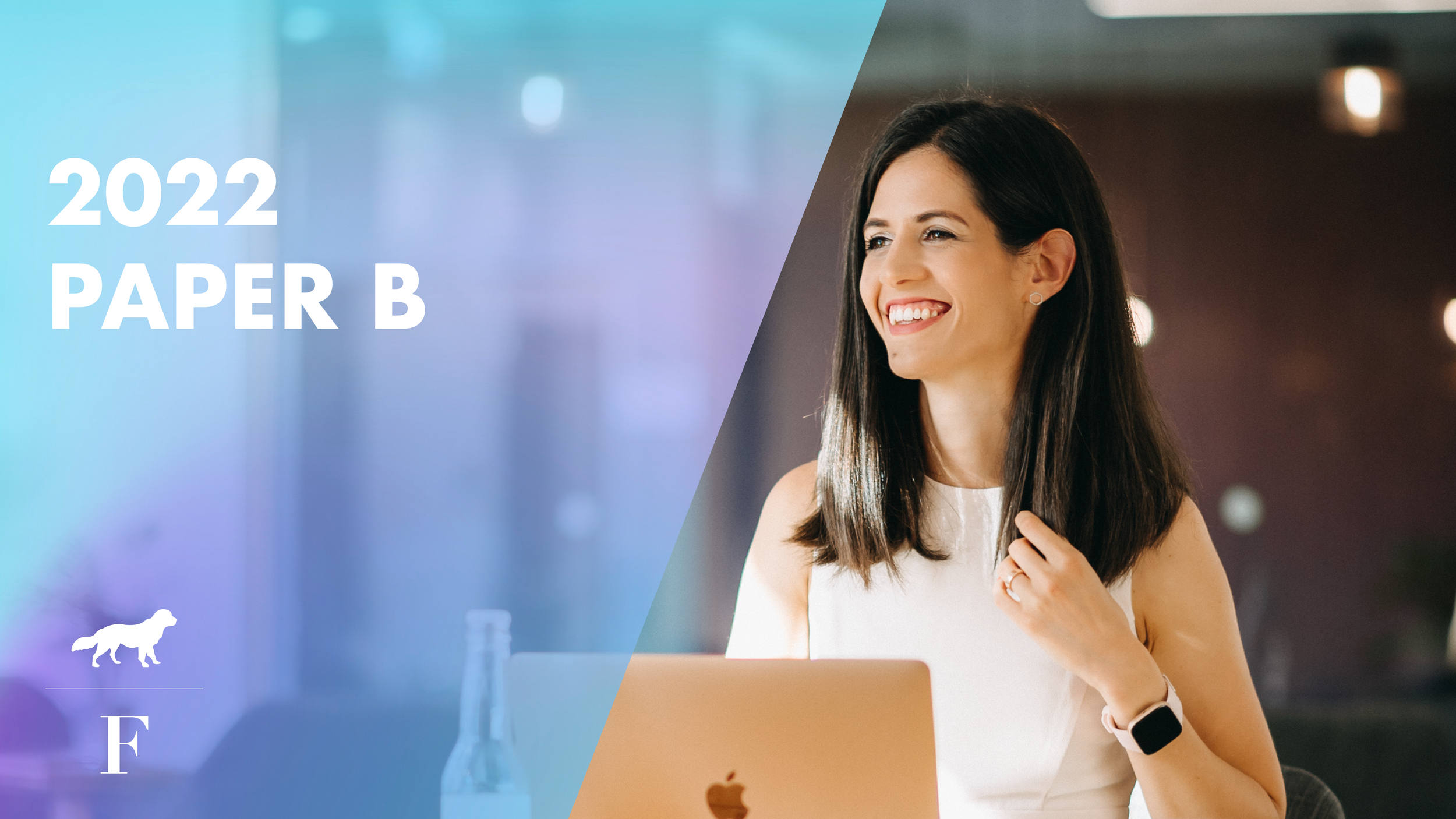
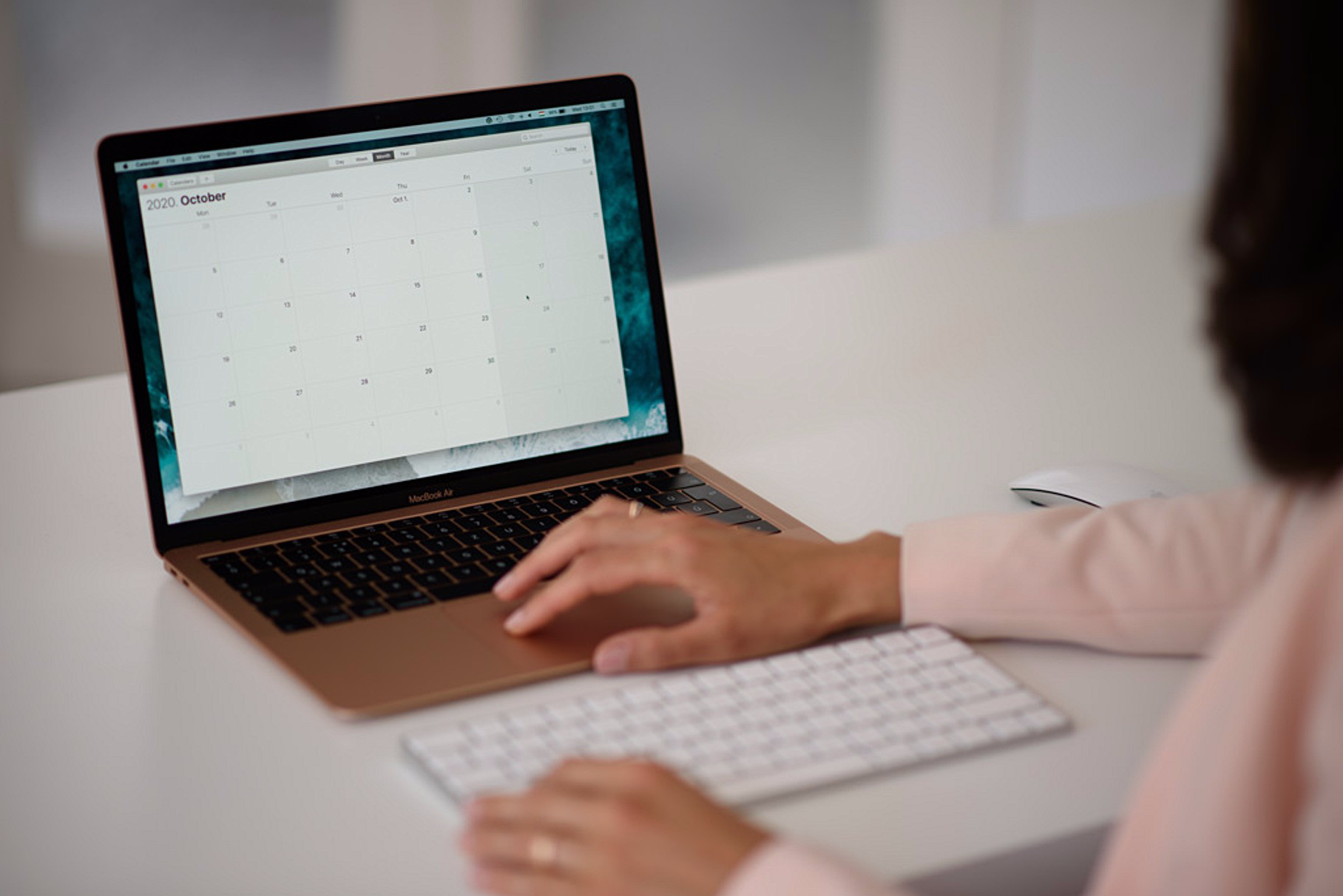
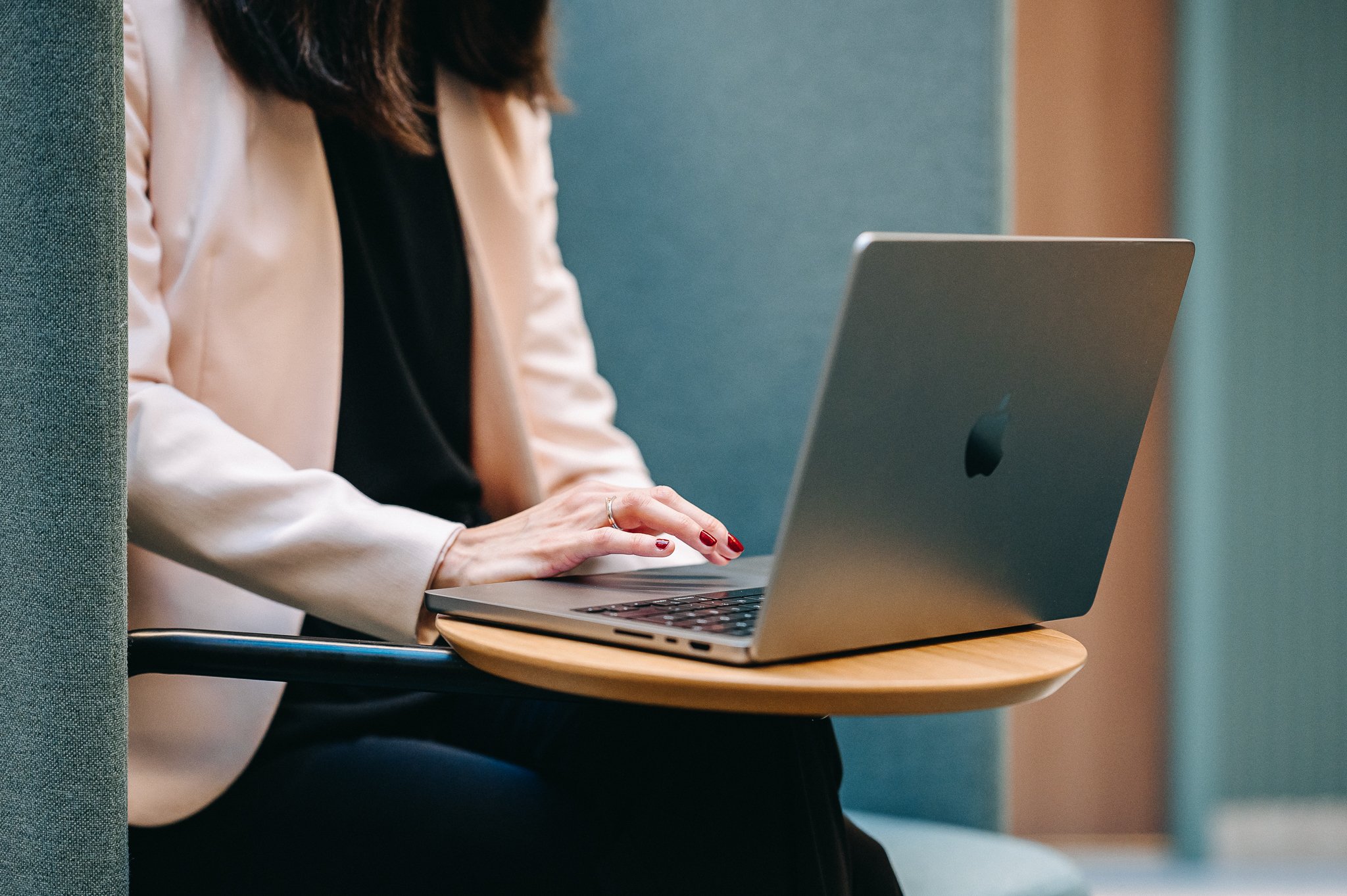

This post has been created for first-time EQE candidates. I have asked EQE-qualified attorneys:
- Is there something you wish someone had told you when you started preparing for the main exams?
- What’s one piece of advice you’d give to someone sitting the EQE for the first time?
Then I have compiled all the tips into this one comprehensive blog post.